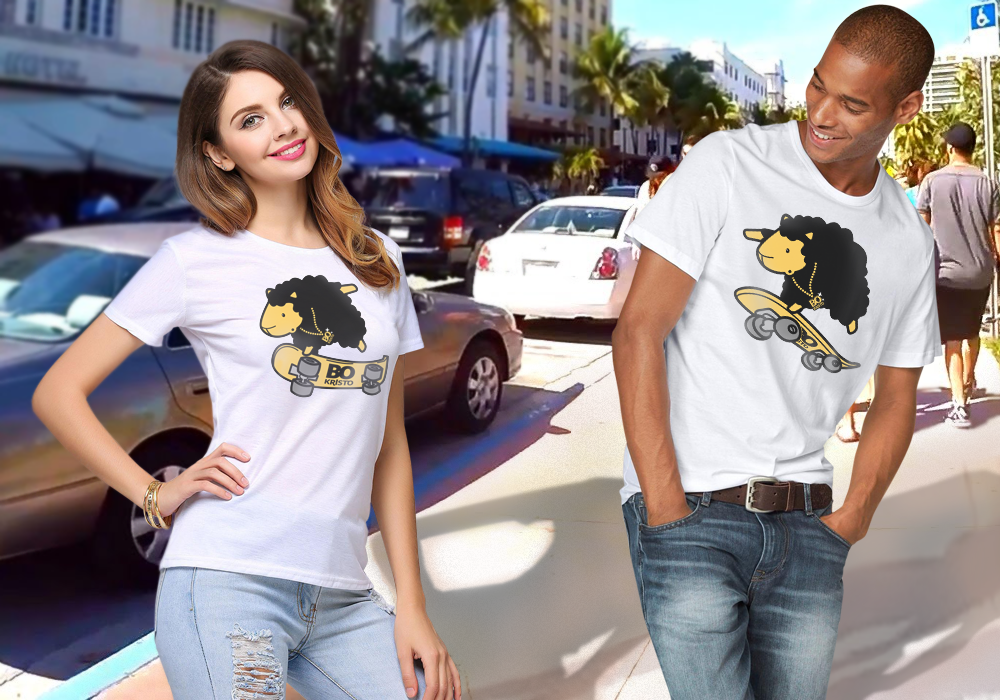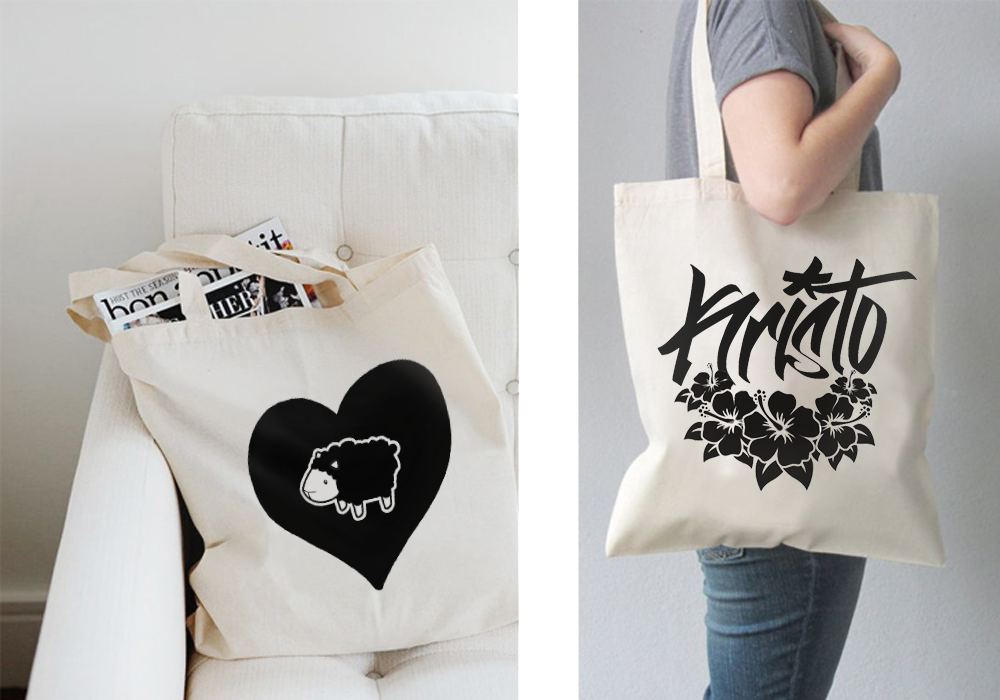Eco-Conscious / Eco-Friendly, Mens Clothing, Style, Urban Clothing, Women Clothing
How To Choose Between Screen Printing And DTG Printing
In 1996, DIS of Bradenton, Florida, produced the “Revolution,” the first commercially successful direct-to-garment printer, which was based on a concept by Matthew Rhome. Rhome worked on the DTG idea for a while before submitting a patent application in July 1996. As of August 2000, when it was approved by the US Patent Office, this is the first DTG patent. Fast Forward A few decades, The North American DTG market had a value of over $2.5 billion by May 2019 and was projected to increase at a compound yearly growth rate of 10.5% through 2021.
Screen printing is a kind of fine art that dates back to the time of the early dynasties. It’s an opportunity to showcase your creativity and design abilities. You can screen print an existing design onto a shirt if you want to create a one-of-a-kind and distinctive design.
Screen printing is the best option for producing colorful patterns that support perfect Pantone color matching and include glitter. It’s a fantastic option for anyone who wants to make a unique shirt and doesn’t mind taking a little bit of extra time for quality control between each step.
Digital printing, on the other hand, is practical because it doesn’t require screens, films, or cleanup. This makes digital printing an incredibly effective choice for small enterprises or anyone wishing to print personalized clothing quickly and easily. The greatest alternative for people looking for a lightweight feel in their clothing is digital printing, which is less expensive.







Your writing has a way of resonating with me on a deep level. I appreciate the honesty and authenticity you bring to every post. Thank you for sharing your journey with us.
Thank you so much for your kind words—it truly means a lot. Just like in writing, where authenticity and purpose guide every decision, choosing between screen printing and DTG (direct-to-garment) printing comes down to understanding your own goals and values.
If you’re looking for vibrant colors and durability for large quantities, screen printing is often the go-to. It’s like crafting a message with bold strokes and timeless appeal. On the other hand, DTG offers more detail and flexibility, perfect for small batches or intricate designs—similar to sharing a more personal, nuanced story.
It’s all about what fits your vision best. Just as I aim to stay authentic in what I share, the right print method should reflect the essence of your brand or message.
Magnificent website. A lot of helpful information here. I am sending it to several friends ans also sharing in delicious. And of course, thank you in your sweat!
Thank you so much for your kind words and for sharing the site—truly appreciated!
If you’re exploring apparel printing, one helpful tip from the site is knowing how to choose between screen printing and DTG (Direct-to-Garment) printing. Here’s a quick breakdown to guide you or your friends:
Screen Printing is best if you’re ordering in bulk and want vibrant colors on darker garments. It’s durable and cost-effective for large runs, especially with simpler designs.
DTG Printing shines when you need smaller batches, high-detail artwork, or full-color designs—great for custom or on-demand printing.
Choosing the right method depends on your design complexity, quantity, budget, and turnaround time. Hope that helps as you browse and share!